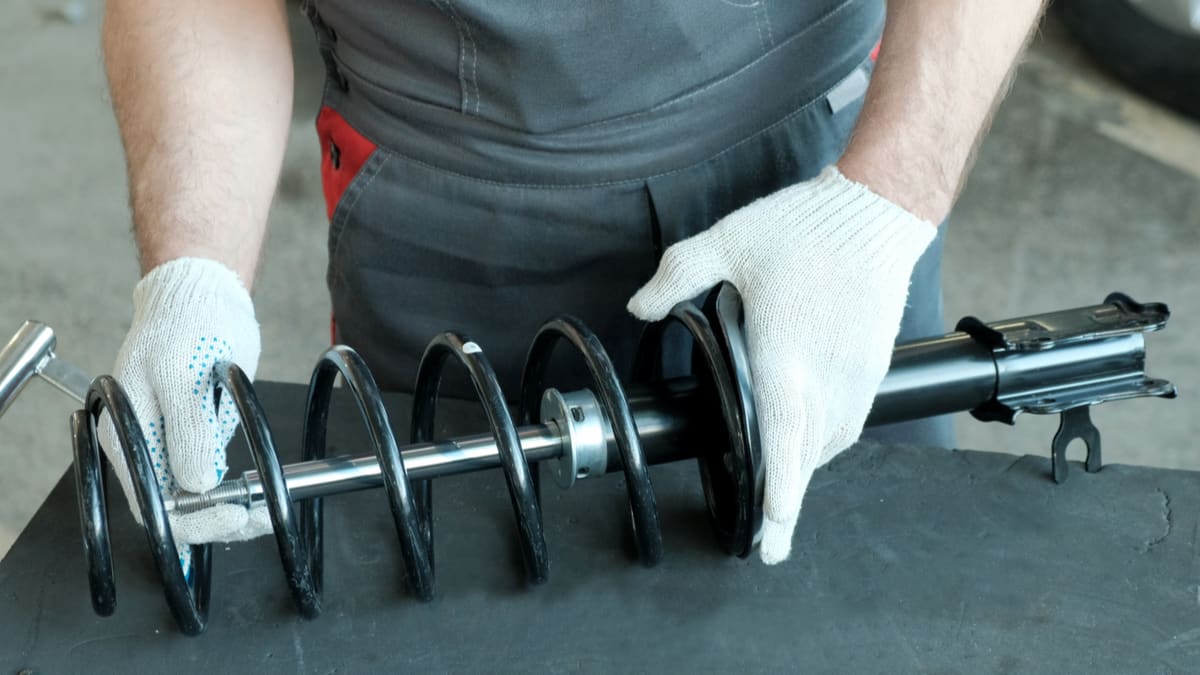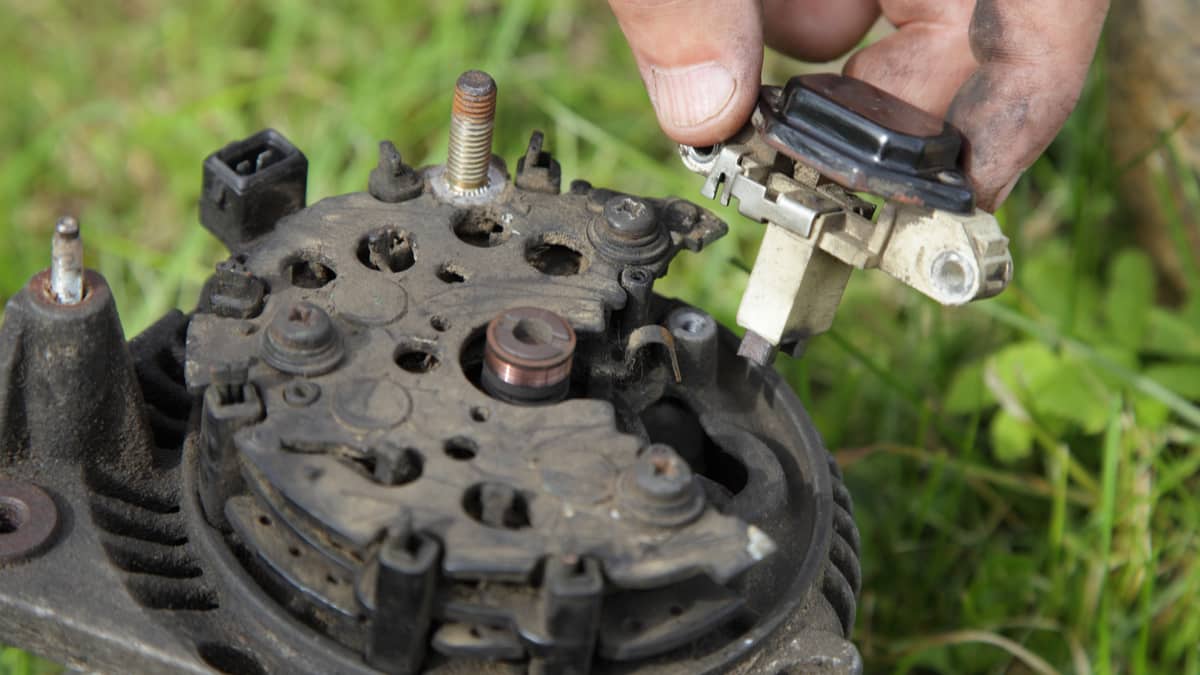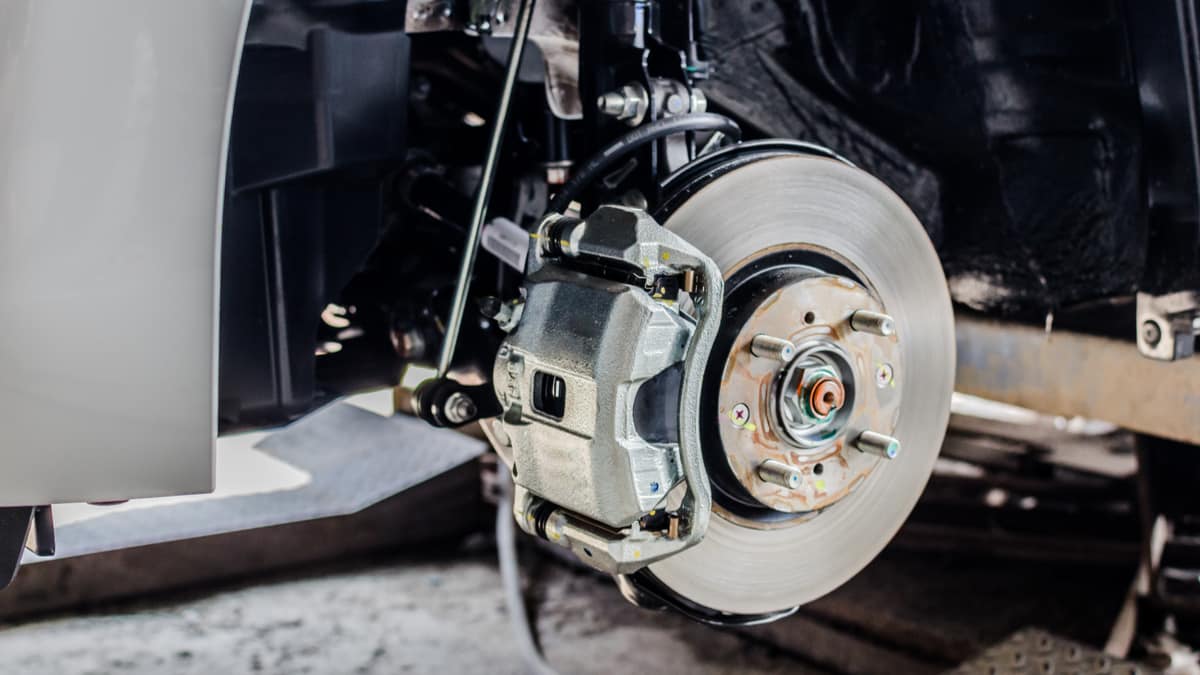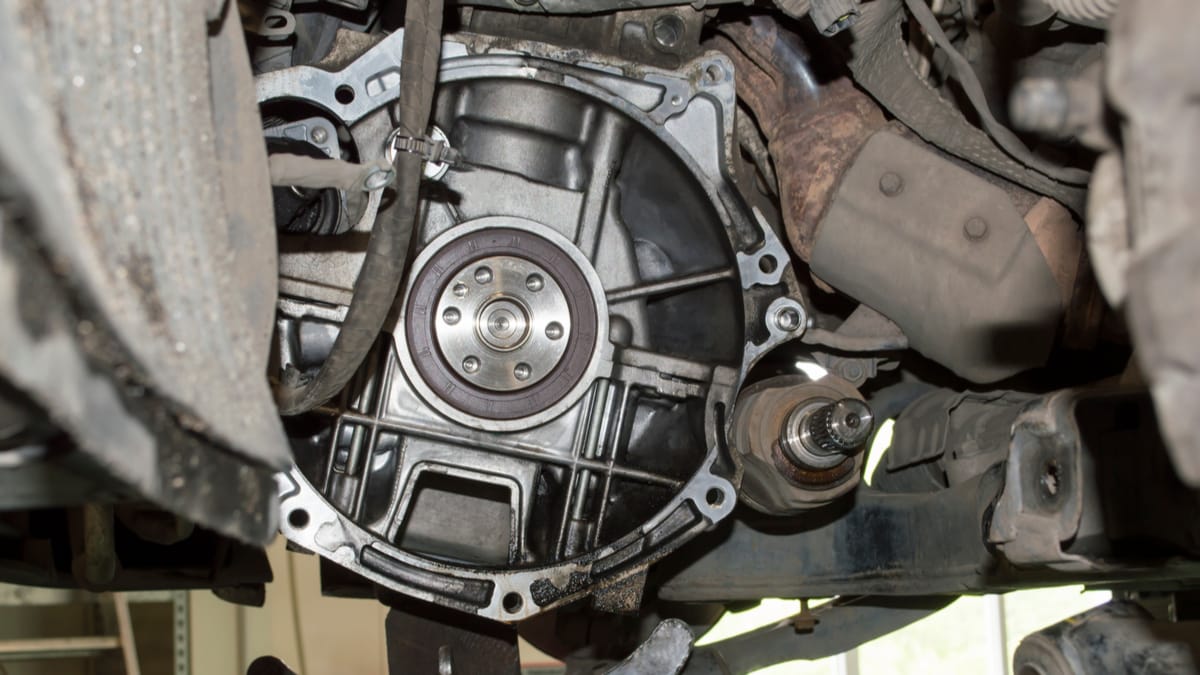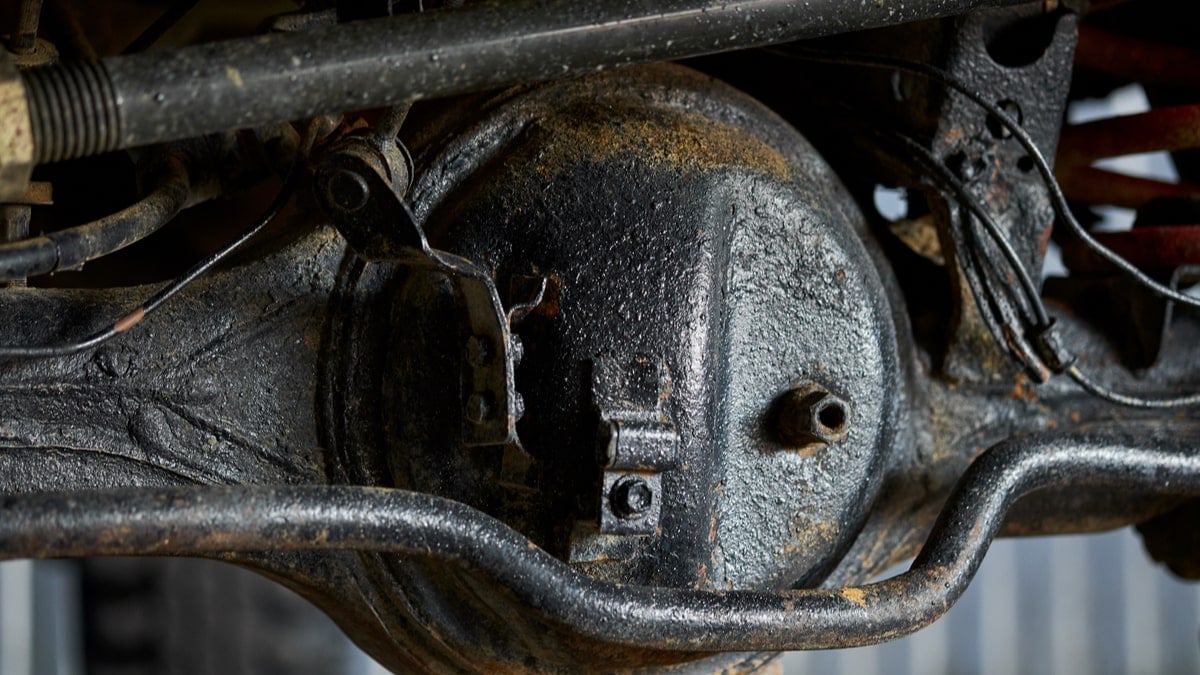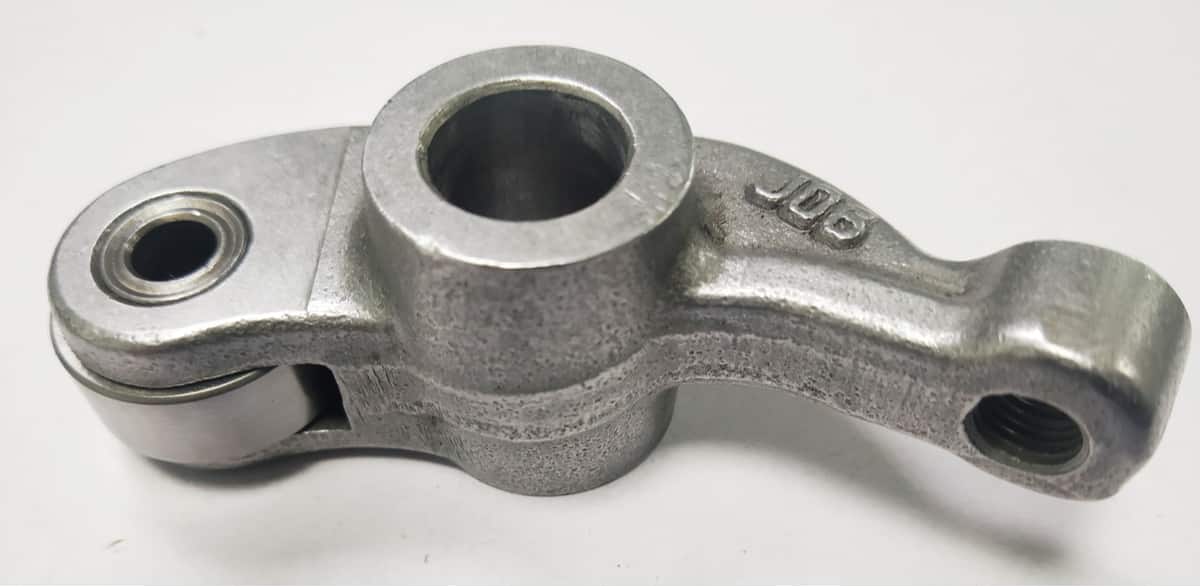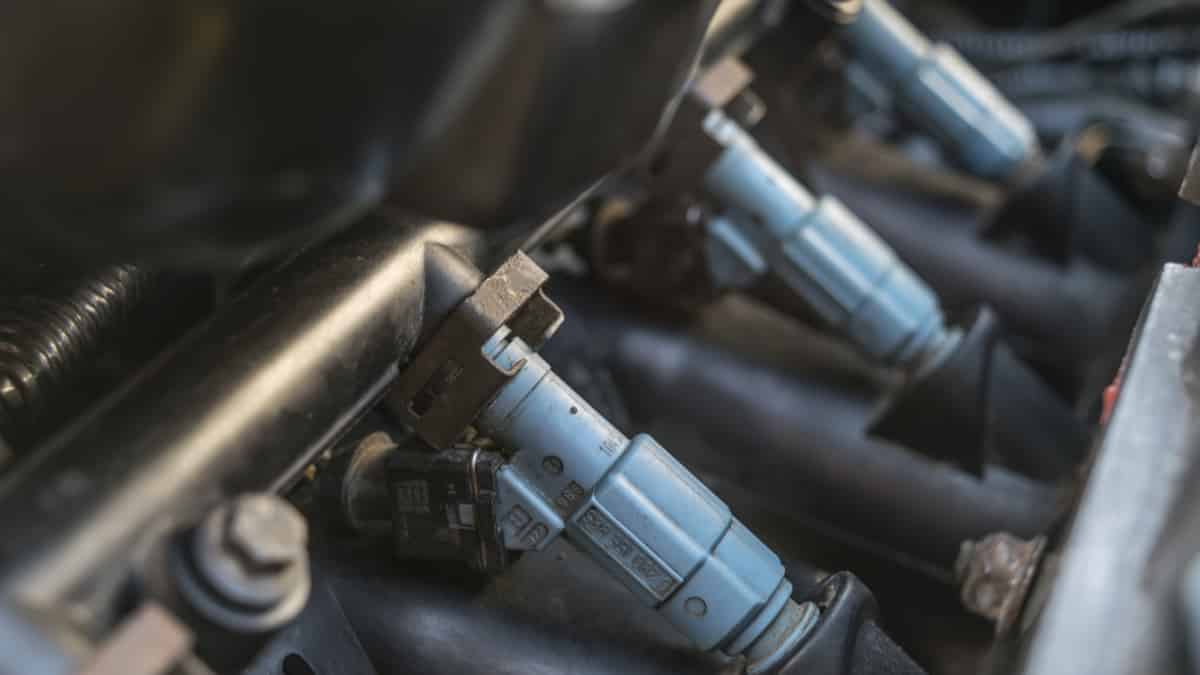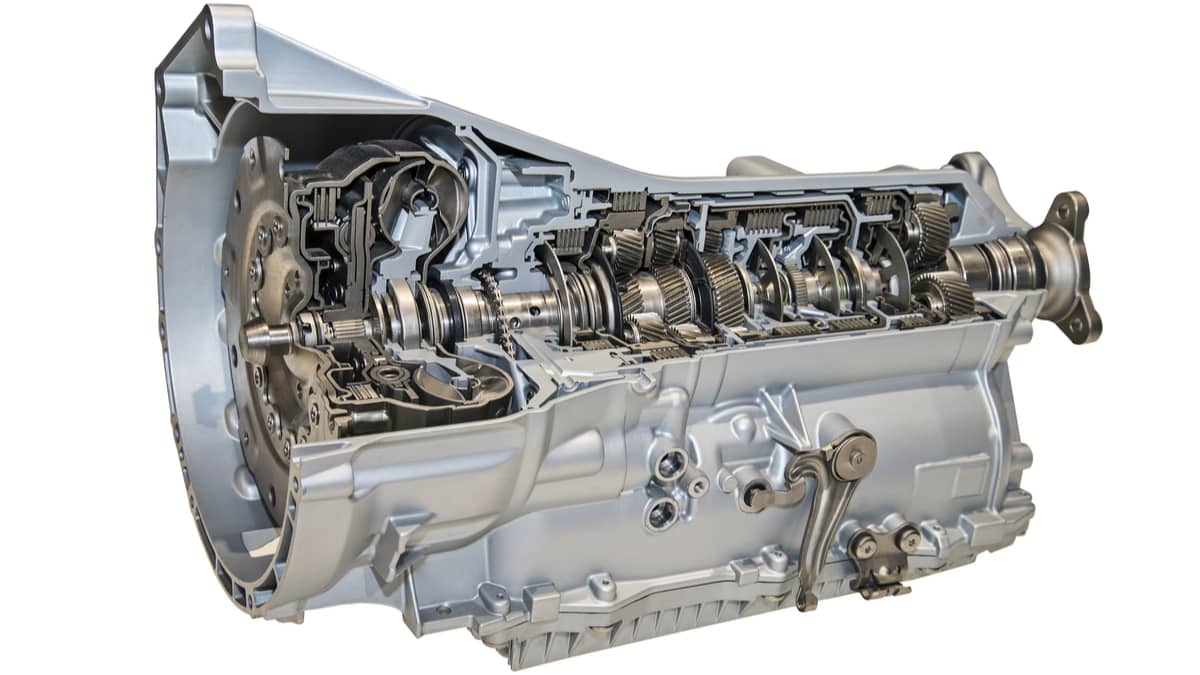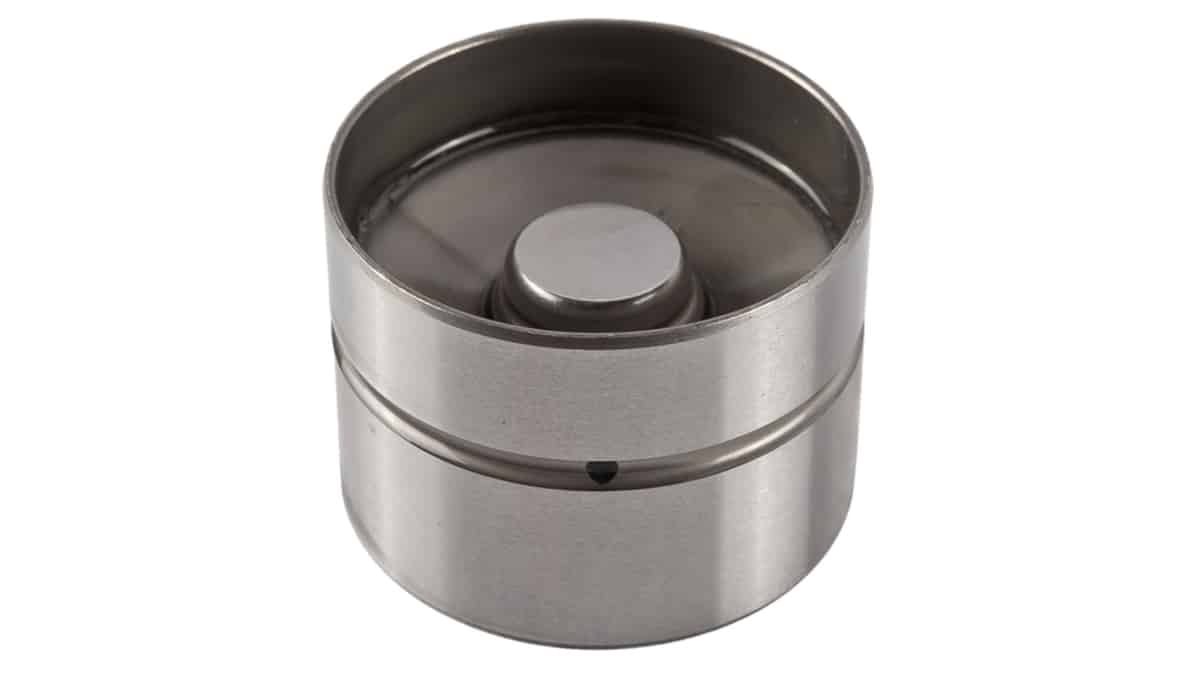A strut is the common name for a complete assembly of the shock, coil spring, top mount, and the top mount bearing.
The strut has a big impact on the overall ride quality of your vehicle. When you drive your car on the road, you will inevitably encounter bumps, potholes, and other obstacles.
But what happens when some part of the strut goes bad? Let’s find out!
Symptoms Of A Bad Strut
The most common symptom of a bad strut is a knocking sound when driving over bumps, or a clinging sound when turning (front strut). You may also notice that your car’s height slopes to one side, and the car’s suspension is more bouncy than usual.
Here is a more detailed list of the signs of a bad or failing strut to look for:
1. Knocking Noises on Bumps
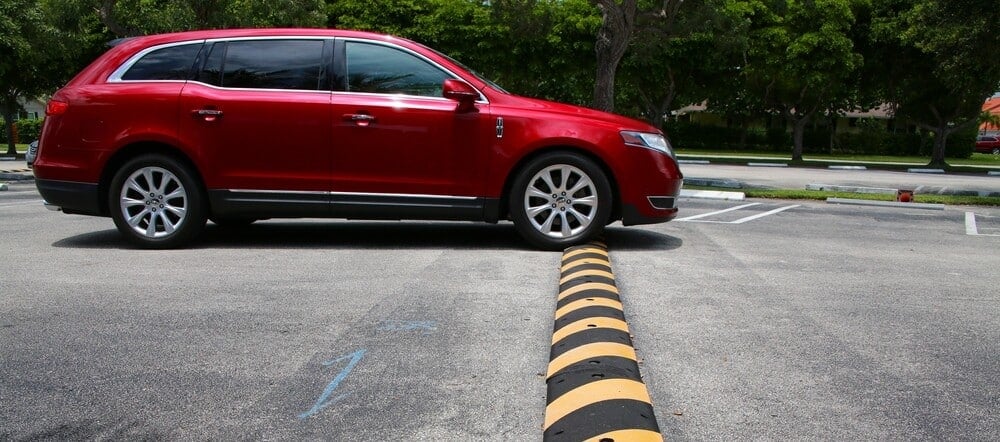
The front struts carry the entire weight of the car. They are directly connected to the chassis via the wheel assembly. For this reason, the struts absorb any shaking when you hit a bump in your car’s road surface and leave you feeling nothing.
If a strut fails, you will inevitably hear a knocking sound when you hit a bump. This noise can increase over time as the strut’s internal components, such as the shock absorbers and bushings, also wear out.
If you hear this strange noise near the front of your car, it is time to have a professional examination. A professional can decide whether you need a replacement or not.
2. Car Height Tilted on one side

Included in the struts is the coil spring. The coil springs hold your car up at a specific height. If the coil spring breaks, it will cause the spring to become shorter, and your car will be tilted to one side.
This can be quite difficult to see because, most often, there is just a small difference. However, you can often see it if you compare the distance from the tire to the fender.
3. Clinging sound when turning (Front Strut)

If you can hear a clinging sound from the front when turning your car around corners, it can mean the top mount bearing or the strut’s coil spring is broken.
This affects the front struts, though, because the rear does not have a top mount bearing, and the spring will not move in that direction because there is no steering in the rear.
4. Bouncy Suspension

Just as in the case above, a failure of the shock will result in your suspension not meeting the standards. If your car feels more bouncy and bumpy than before, your front or rear shocks of the strut may be worn out or, in the worst case, broken.
However, a bumpy ride is not always an indication of shock absorber failure. It can also be caused by the failure of other suspension components such as bushings. For this reason, it is always better to have an inspection carried out by a mechanic you trust. He can decide on the best course of action. If you are advised to change the front struts, replace the shock absorber at both the right and left ends to maintain unity.
5. Unstable Car

Another sign of a bad front strut is a floating front end. A floating front end can cause your vehicle to swing back and forth on one side. At high speeds, this can cause problems not only for you, but for others as well. If you experience anything like this, you should first have the alignment of your car checked. If the alignment is a little out of shape, have it fixed.
Otherwise, you could take your car to the nearest mechanic and get an estimate for a replacement.
6. Uneven Wear of Tires
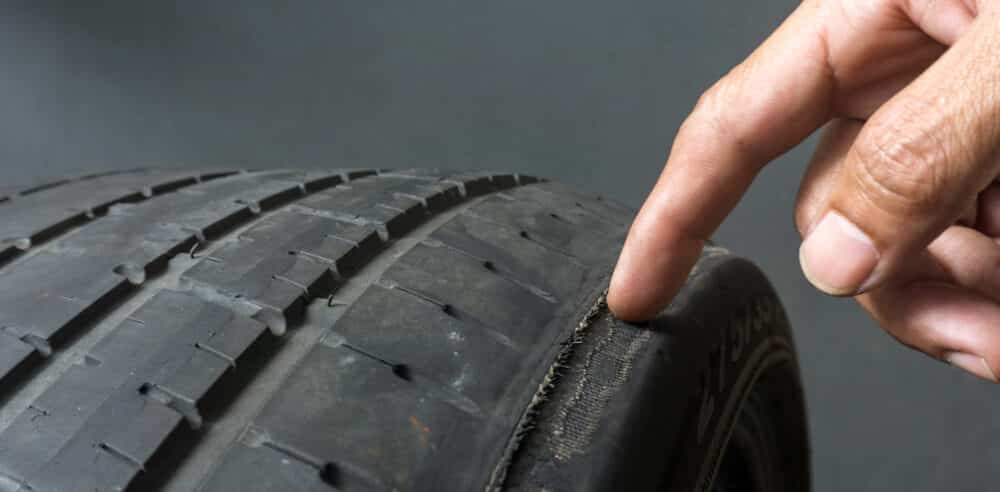
A not very common symptom of bad struts is uneven wear on your tires. However, it can happen if the coil spring breaks and the car gets lowered, which causes the wheel alignment to change.
So if you notice uneven tire wear, have your suspension struts checked and make a new wheel alignment after the strut replacement.
Struts are a big component, so do not expect them to be cheap. Also, it is recommended to change the struts in pairs, i.e., if you change the strut on one side, you have to change the strut on the other side as well. Otherwise, your car will not be aligned correctly.
You should have your struts inspected and repaired as soon as you see the first signs of failure. The longer you delay the repair, the higher your repair/replacement costs will be.
You can find a complete guide to the strut replacement cost here: Strut Replacement Cost
RELATED: 6 Symptoms of a Bad Strut Mount (& Replacement Cost)
What noise does a bad strut make?
There are a few noises that can indicate a problem with a car’s strut, including creaking, knocking, and rattling. These sounds are usually most noticeable when driving over bumps or making sharp turns. If you suspect that your car’s struts may be going bad, it’s important to have them checked out by a professional as soon as possible. Ignoring the problem could lead to further damage and even accidents.
How do you know if your car needs shocks or struts?
To know if your car needs new shocks or struts, you need to inspect the struts. If you buy new struts, the shock absorbers are actually included, so it depends on how much of the strut is bad. The advantage of buying a strut is that all parts included in the strut will be new.
Is it OK to drive with bad struts?
It is not recommended to drive your car with bad struts, but it depends on how bad they are. Driving with bad struts reduces the ability to control your vehicle at higher speeds and can result in an accident if you are not careful.
How often do struts need to be replaced?
There is no set schedule for when to replace struts – you replace them when they are worn or bad. The frequency with which you need to replace your struts will depend on a number of factors, including the type of terrain you typically drive on and how often you use your car. For instance, if you live in an area with rough roads and potholes, your struts might wear out more quickly than if you lived in a more rural area with smooth roads.
Categories: Suspension
